
Another popular loach among freshwater aquarium hobbyists is the Yoyo Loach (Botia lohachata). Like the clown loach, this tropical fish is quite striking visually and can be a beautiful addition to almost any tank. What makes this tropical fish so popular is the pattern on its skin that looks like it spells the word Yoyo. This pattern is very prominent when the fish is young, but tends to fade as it ages.
Like the black kuhli loach, these tropical fish are called scaleless, but they do in fact have very small scales that are hard to see. Like many bottom feeders, yoyo loaches have distinct barbels around their mouths — four pairs. Another aspect that make these tropical fish popular is that many people say they learn to recognize their owners and become excited to see them.
Table of Contents
Habitat
The Yoyo loach can be found in the wild in Northeast East India and Bangladesh. This fish’s native waters generally steams, which means you’ll make them happy by providing a slight current in your tank. In addition, the waters in which they live are warm, soft and acidic, however, they adapt easily and can withstand both hard and soft water tanks. It is recommended, though, that you acclimate them slowly to hard water.
In the wild the yoyo loach prefers to swim with their own kind, which means they’ll do well in your tank if you have at least three. In addition, the yoyo loach likes to explore and hide in caves and holes, so be sure to give them plenty of spaces to investigate. For a group of at least three of these tropical fish it’s recommended that you have at least a 45 gallon tank at minimum, but bigger is preferred.
As an adult, the yoyo loach reach sizes of 3-5 inches. These fish are relatively shy and it’s advised that you don’t put them in tanks with aggressive fish.
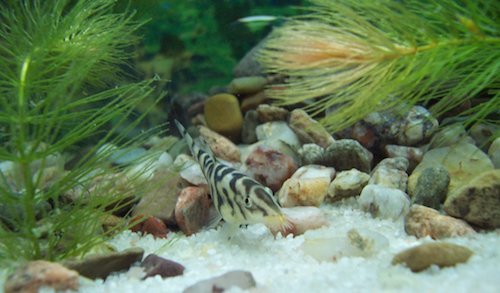
Diet
As with most bottom feeders, the yoyo loach is a scavenger and will eat virtually whatever it can find on the bottom, both plant and protein matter. In the tank, the yoyo loach will do well on a diet of frozen brine shrimp or high quality flake food. As a treat, you can give them live food like bloodworms or small snails.
Tank Considerations
As mentioned, the yoyo loach likes caves and holes, and your setup should provide ample places for these fish to explore and hide. A word of caution, though, because they can squeeze into tiny places it’s easy for them to become stuck, so be sure to check their hiding places when doing your regular water changes for any that might need a rescue. Some hobbyists take PVC pipe, aquarium sealant, sand and rocks to build a makeshift cave as opposed to buying something expensive at the pet store.
Also, while these freshwater tropical fish are generally peaceful towards their tank mates, they can be aggressive to each other. However, once a pecking order is achieved, this behavior usually works itself out. Overly aggressive tank mates might force your yoyo loaches to go into hiding and not come out even for food.
Generally speaking, a hang on back (HOB) filter will suffice in keeping your tank clean and providing your yoyo loaches with some current.
To make your yoyo loaches happy, your water should be pH 6.0-7.5 with a temperature of around 76-82˚ Fahrenheit.
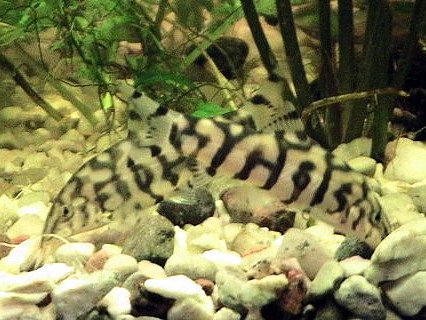
Health and care
The yoyo loach is relatively easy to care for and should’t give an intermediate to advanced hobbyist much trouble. Be sure to provide them with adequate hiding places and a substrate in which they can dig and the will be happy. Also, be sure to maintain a regular water change schedule and maintain the proper temperatures and pH to keep them alive for years.
Although these fish are called “scaleless” they do in fact have very small scales, however, this means they’re more susceptible to infections than other tropical fish. Be careful when treating other fish with medicine because the yoyo loach can be adversely affected by some treatments.
Breeding
Breeding the yoyo loach is difficult — so difficult in fact that even fish farms who specialize in breeding fish have trouble, and there so far have been no confirmed reports of hobbyists successfully breeding these fish at home. That’s not to say they don’t breed, obviously, but reliably getting these fish to do so can be quite the exercise in frustration.
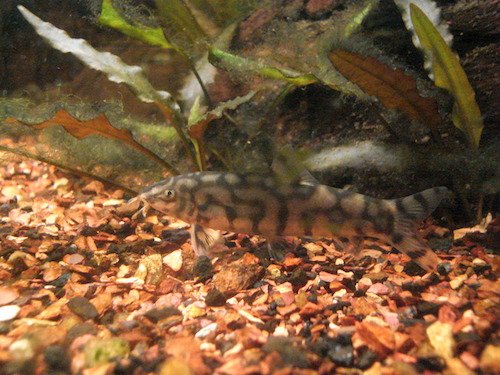
Summary
- Fish size: 3-5 inches
- Schooling: Will do well in group of 3 or more
- Tank size: 45 gallon minimum
- Diet: Omnivore
- Water temperature: 76-82˚ Fahrenheit
- Water pH 6.0-7.5
- Water hardness: Soft to medium
- Breeding: Very difficult
The Yoyo loach is a visually striking fish that can be a great compliment to any tank provided you keep them with the right tank mates. They’re good natured and hardy and can be fun to keep both for the advanced beginner and the expert aquarium hobbyist.

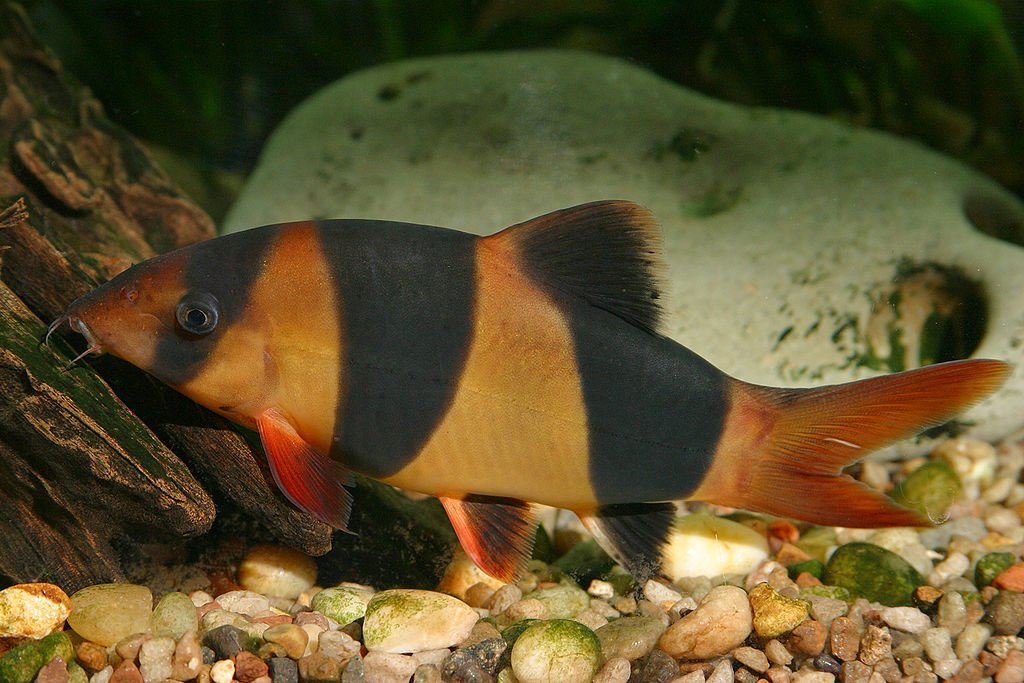
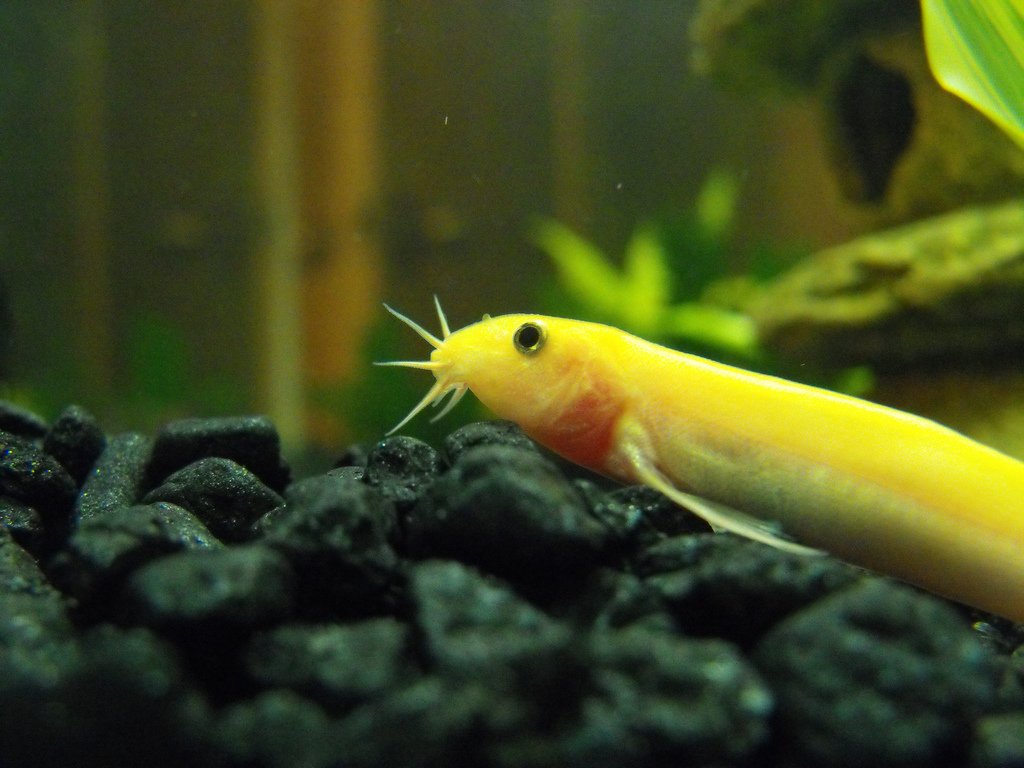
Leave a Reply